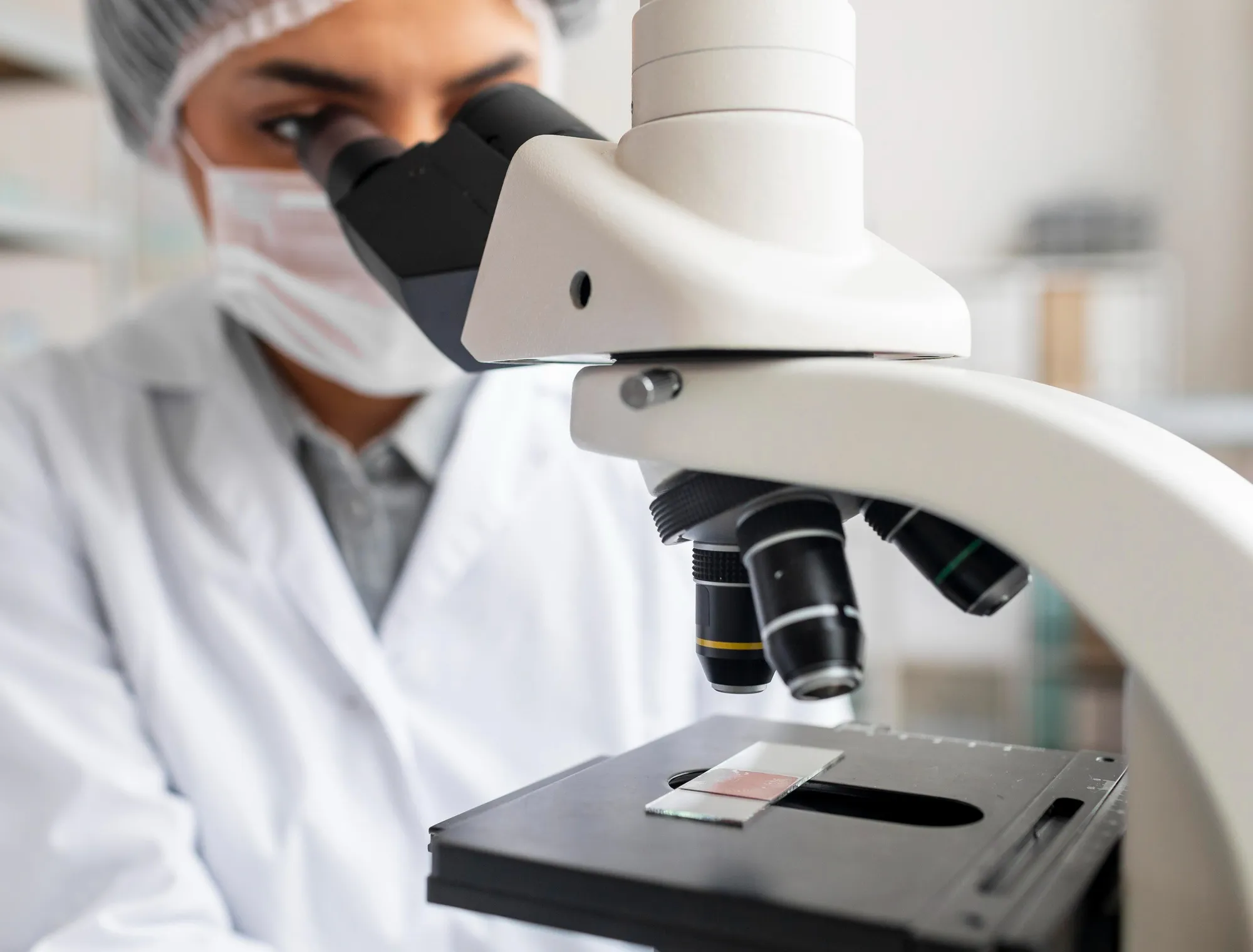Researchers at the Medical Research Council Cancer Unit at the University of Cambridge, led by Alessandro Esposito and Ashok R. Venkitaraman, have made a significant breakthrough in the field of fluorescence microscopy with the development of a new paradigm known as hyperdimensional imaging microscopy. Published in the “Biophysical Journal” (DOI: 10.1016/j.bpj.2019.04.015), their groundbreaking study demonstrates the ability to simultaneously and efficiently quantify all properties of fluorescence emission in biological samples, a leap forward in enhancing the biochemical resolving power of fluorescence microscopy.
The Existing Limitations in Fluorescence Microscopy
Traditionally, fluorescence microscopy has been praised for enabling scientists to observe molecular-level phenomena with high specificity and low invasiveness. Despite the technological advancements which have refined spatial resolution capabilities, there has been a bottleneck in the biochemical resolution. Until now, methods focused primarily on individual fluorescence properties, limiting multiplexing and sensing opportunities. This constraint has acted as a barrier to further progress in areas like medical diagnostics and systems biology where complex biochemical processes play critical roles.
Hyperdimensional Imaging Microscopy: A New Frontier
The study in question marks a revolution by detailing hyperdimensional imaging microscopy, which captures and analyzes fluorescence life spans, polarization, and spectra simultaneously. By doing so, the technology transcends the limitations of traditional fluorescence microscopy, paving the way for deeply multiplexed assays and enhanced sensing capabilities. This method draws parallels with the contributions of multidimensional spectrums in NMR and multidimensional separation in mass spectrometry, which significantly empowered proteomics and structural biology.
Technical Insights and Potential Impacts
Hyperdimensional imaging microscopy is capable of capturing a spectrum of data from a single sample, with dimensions that could have unprecedented impacts across various scientific disciplines. This new imaging approach can have profound consequences in systems biology, enabling a more intricate understanding of cellular processes and interactions within the body. Moreover, it also holds a promising future in medical diagnostics by allowing for the detection of multiple disease markers without the need for invasive procedures.
The reference by Fereidouni et al. (2014) has shown the potential of multiphoton spectral images at distinguishing autofluorescence components in human skin, suggesting a similar potential of hyperdimensional imaging in enhancing the differentiation of complex biological tissues. Another essential work by Trinh et al. (2017) demonstrated the use of phasor fluorescence lifetime imaging microscopy in tracking tumor cell populations, indicating the clinical translation potential of this new hyperdimensional approach.
Future Directions and Challenges
Although the hyperdimensional imaging microscopy presents an exciting development in fluorescence microscopy, challenges remain. The complexity of the signal processing and data analysis could act as a barrier to widespread adoption. It requires robust statistical and computational approaches, exemplified by the noise-corrected PCA of FLIM data by Le Marois et al. (2017), to manage the vast amounts of information generated. Additionally, integrating this technique into clinical workflows can present logistical and technical hurdles.
Further research is expected to optimize and streamline the application for broad usage. Collaborations between biophysicists, biologists, and software developers will be crucial in evolving data interpretation methods for the large datasets generated by hyperdimensional imaging.
Keywords
1. Hyperdimensional Imaging Microscopy
2. Biochemical Resolution Fluorescence Microscopy
3. Multiplexed Assays in Microscopy
4. Advanced Imaging Techniques in Biology
5. Molecular Diagnostics Enhancement Techniques
References
1. Fereidouni, F., A. N. Bader, and H. C. Gerritsen. “Phasor analysis of multiphoton spectral images distinguishes autofluorescence components of in vivo human skin.” J. Biophotonics. 7:589-596 (2014). DOI: 10.1002/jbio.201300119
2. Trinh, A. L., H. Chen, and Y. H. Zhou. “Tracking functional tumor cell subpopulations of malignant glioma by phasor fluorescence lifetime imaging microscopy of NADH.” Cancers (Basel). 9:168 (2017). DOI: 10.3390/cancers9040168
3. Le Marois, A., S. Labouesse, and R. Heintzmann. “Noise-corrected principal component analysis of fluorescence lifetime imaging data.” J. Biophotonics. 10:1124-1133 (2017). DOI: 10.1002/jbio.201600312
4. Esposito, A., M. Popleteeva, and A. R. Venkitaraman. “Maximizing the biochemical resolving power of fluorescence microscopy.” PLoS One. 8:e77392 (2013). DOI: 10.1371/journal.pone.0077392
5. Fries, M. W., K. T. Haas, and A. Esposito. “Multiplexed biochemical imaging reveals caspase activation patterns underlying single cell fate.” bioRxiv (2018). DOI: 10.1101/427237
The impact of hyperdimensional imaging microscopy extends beyond the immediate scientific benefits, holding the potential to evolve into a robust tool that can unravel the complexity of diseases like cancer and neurodegenerative disorders and revolutionize our approach towards diagnostics and real-time monitoring of therapeutic interventions. This innovation promises a new era where the intricate tapestry of life’s fundamental processes can be visualized with unprecedented clarity and precision.
